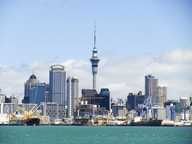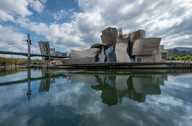Overview
New Zealand and its population of 5.1 million[1] adopted a varied approach towards economic development from 2008 to 2018, shaped by developing international relations and unforeseen market shocks. New Zealand’s trade partnership with China was a key driver of economic performance with $21.5bn in exports to and $16.3bn of imports from China as of December 2021[2]
The country has also been subject to an extended period of economic turbulence. The global recession in 2008 and the subsequent Canterbury earthquakes of 2010/11 led to a sequence of economic strategies each with changing priorities.
Similar to the North East, New Zealand has experienced outward migration of its large youth population, resulting from high levels of inflation (6.9%)[3]. 1,800 people aged 18 to 24 left in the year ending March 2022 due to rising cost of living, negative figures not seen since the earthquakes[4].
Despite this the country saw strong ecnomic growth across our key indicators. As a result we selected it as one of our case studies, taking a national view with particular focus on the regions of Wellington, Northland and Canterbury over the specified time period.
- ^ OECD (2023) Selected indicators for New Zealand. Available here
- ^ New Zealand Foreign Affairs & Trade (2023) Key facts on New Zealand-China trade. Available here
- ^ Guardian (2022) More people leaving New Zealand than entering as young flee high cost of living. Available here
- ^ Independent (2022) Young people leaving New Zealand in droves amid worsening cost of living. Available here







